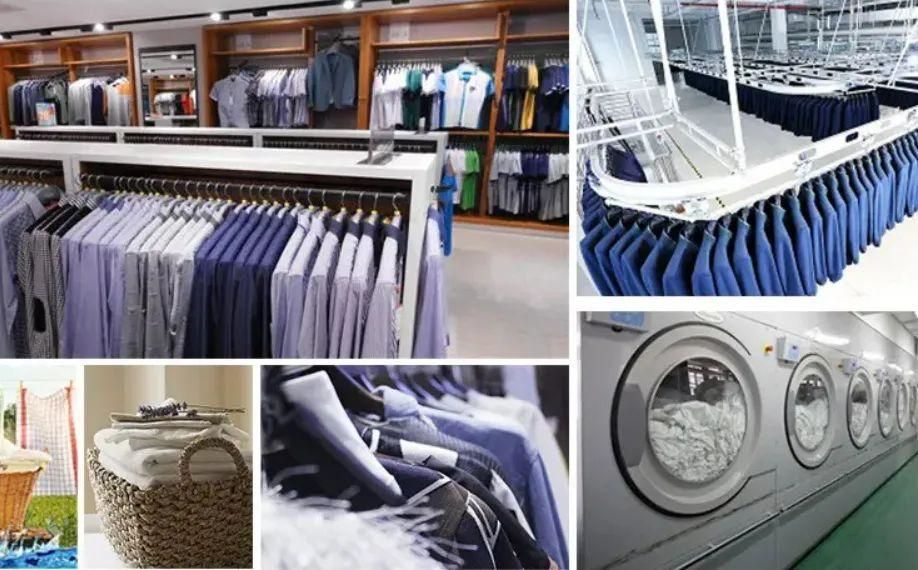Laundry Management Application of RFID Identification Technology
For the current laundry factories that are gradually becoming centralized, large-scale, and industrialized, laundry management based on RFID identification technology can greatly improve the management efficiency of industrial laundry, reduce management errors, and ultimately achieve the purpose of reducing costs and promoting production.
RFID laundry management aims to help manage the processes of handover, counting, washing, ironing, folding, sorting, storage, etc. in the washing work. With the help of the characteristics of RFID laundry tags. UHF RFID laundry tags can track the washing process of each piece of clothing that needs to be managed, and record the number of times of washing. Parameters and extended extension applications.
At present, there are roughly two types of clothing inventory tunnels for different delivery methods:
1. Manual clothing inventory tunnel
This kind of tunnel is mainly for small batches of clothes or linen, and adopts the method of delivering single or several pieces of clothing. The advantage is that it is small and flexible, easy to install, and convenient to use, which not only saves waiting time, but also saves inventory time. The disadvantage is that the tunnel diameter is small and cannot meet the requirements of large quantities of clothing delivery.
2. Conveyor Belt Clothes Inventory Tunnel
This kind of tunnel is mainly for large quantities of clothing or linen. Since the automatic conveyor belt is integrated, you only need to put the clothes at the entrance of the tunnel, and then the clothes can be taken through the tunnel to the exit through the automatic conveyor belt. At the same time, the quantity inventory is completed through the RFID reader . Its advantage is that the tunnel mouth is large, which can accommodate a large number of clothes or linens to pass through at the same time, and can avoid manual operations such as unpacking and putting in, which greatly improves work efficiency.
Write the user and clothing information into the system through the RFID card issuer.
2 clothing inventory
When the clothes pass through the dressing channel, the RFID reader reads the RFID electronic tag information on the clothes and uploads the data to the system to achieve fast and efficient counting.
3.Clothing query
The status of the clothes (such as washing status or shelf status) can be queried through the RFID reader, and detailed data can be provided to the staff. If necessary, the queried data can be printed or transferred to a table format.
4.clothing statistics
The system can make statistical data according to time, customer category and other conditions to provide basis for decision makers.
5.Customer Management
Through the data, the different needs of various customers and the types of laundry can be listed, which provides a good tool for efficient management of customer groups.
1. Labor can be reduced by 40-50%; 2. More than 99% of clothing products can be visualized to reduce the risk of clothing loss; 3. Improved supply chain management will reduce working time by 20-25%; 4. Improve storage information Accuracy and reliability; 5. Efficient and accurate data collection to improve operating efficiency;
6. Distribution, recovery and handover data are automatically collected to reduce human errors.
Through the introduction of RFID technology and automatic reading of UHF RFID tags through RFID reading and writing equipment, functions such as batch counting, washing tracking, and automatic sorting can be realized to improve laundry management. Provide more advanced and controllable services for dry cleaning shops and increase market competition among washing companies.
